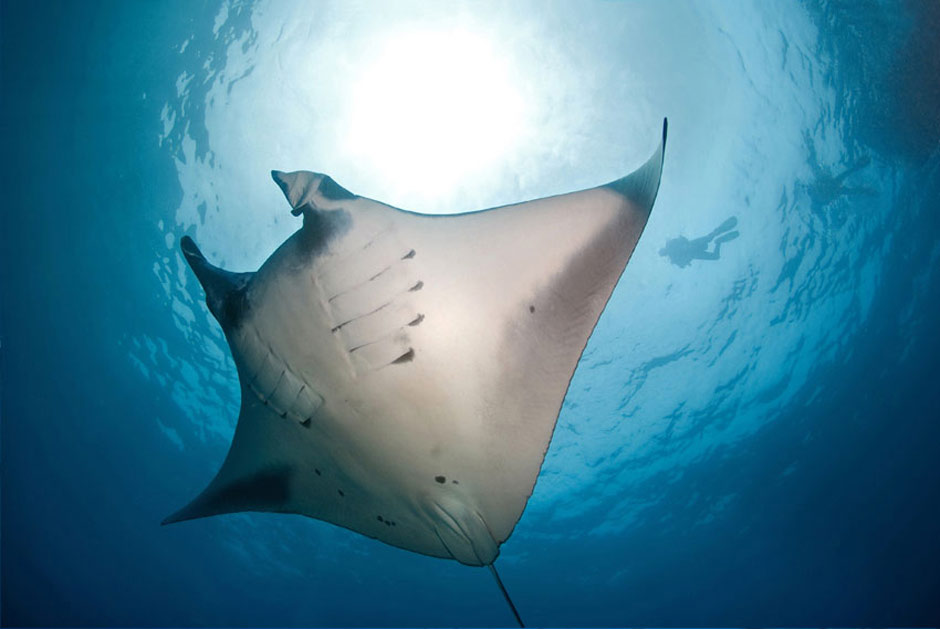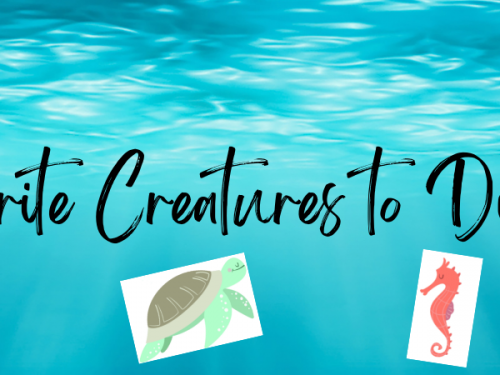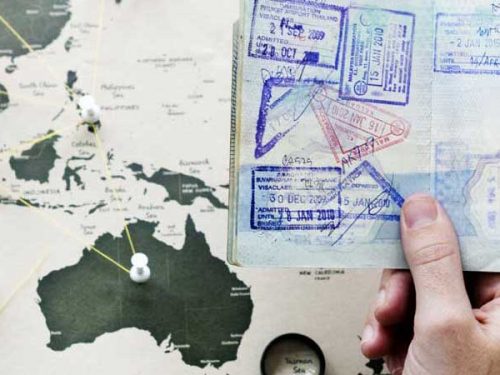The Maldives, a vast island nation in the Indian Ocean, was blessed by the scuba diving gods. The turquoise seas around the islands boast plenty of pelagic species including manta rays, whale sharks and hammerheads. Most dive sites take advantage of the country’s system of channels and pinnacles (kandus and thilas), but you’ll also find quite a few dramatic walls, soft coral reefs and shipwrecks to explore.
Of course, the Maldives is known for its luxurious, over-the-water bungalows. But, for scuba divers, there’s no better way to explore the Maldives than by liveaboard dive safari. The best dive sites in the country are spread out, miles apart in different atolls. If you’re based on one resort island, you may only see one or two of the best sites. On the other hand, a liveaboard provides a week’s worth of epic dives through multiple atolls.
If practically guaranteed sightings of whale sharks and manta rays aren’t enough to convince you, here are some interesting facts about the Maldives to whet your wanderlust.

Interesting Facts
- Of the 1,190 islands in the Maldives, only 200 are inhabited. An additional 80 islands host private, luxury resorts. The rest of the islands are either too small to sustain life or too remote to be practical. Additionally, 99% of the 115 square miles that make up Maldivian territory is water. That’s a lot of potential dive sites to explore!
- The Maldives is the flattest country in the world. Its highest point (on Villingili Island) is only 7 feet and 7 inches above sea level, but the average ground level across the country is just 4 feet and 11 inches.
- In 2009, the cabinet of the Maldives held an underwater meeting, making the Maldives the first country in the world to place a governmental meeting on scuba. Appropriately, this cabinet meeting highlighted climate change. Many Maldivians fear that as the climate continues to change and sea levels rise, they will soon find themselves underwater.
- During medieval times, the Maldives used shells as currency. On many of the country’s coins, you will still see a cowry shell as homage to the money of yesteryears. Too bad we can’t still use shells to pay for our vacations. We’d all be living in the Maldives by now!
- The Maldives is the smallest Muslim country in the world. This is a fascinating fact, but do keep in mind that as a Muslim country, modest dress is required while on public lands. In Male and on any other non-private island, women and men should ensure their knees and shoulders are covered at all times. Bikinis are only permitted on liveaboards and private islands.
- The word “atoll” is the only English word derived from Dhivehi, the Maldivian language. The original word is atholhu, which translates to “a ring-like formation of coral islands surrounding a lagoon.”
- The Maldivian flag is made up of a large red rectangle with a smaller green triangle within. The red is meant to represent the boldness of Maldivian national heroes while the green symbolizes peace and prosperity. A white crescent is centered in the green rectangle to symbolize the Maldives’ link to the Islamic faith.
Ready to dive in? Click here to read more about scuba diving in the Maldives.
If these Indian Ocean islands sound like your paradise, book a Maldivian liveaboard to experience the best diving in the country. Check out our great options for the “eat, sleep, dive” vacation of your dreams. Do note that many liveaboards in the Maldives require a minimum number of previous dives because some dive sites on Maldivian itineraries can be subject to strong or unpredictable currents.







